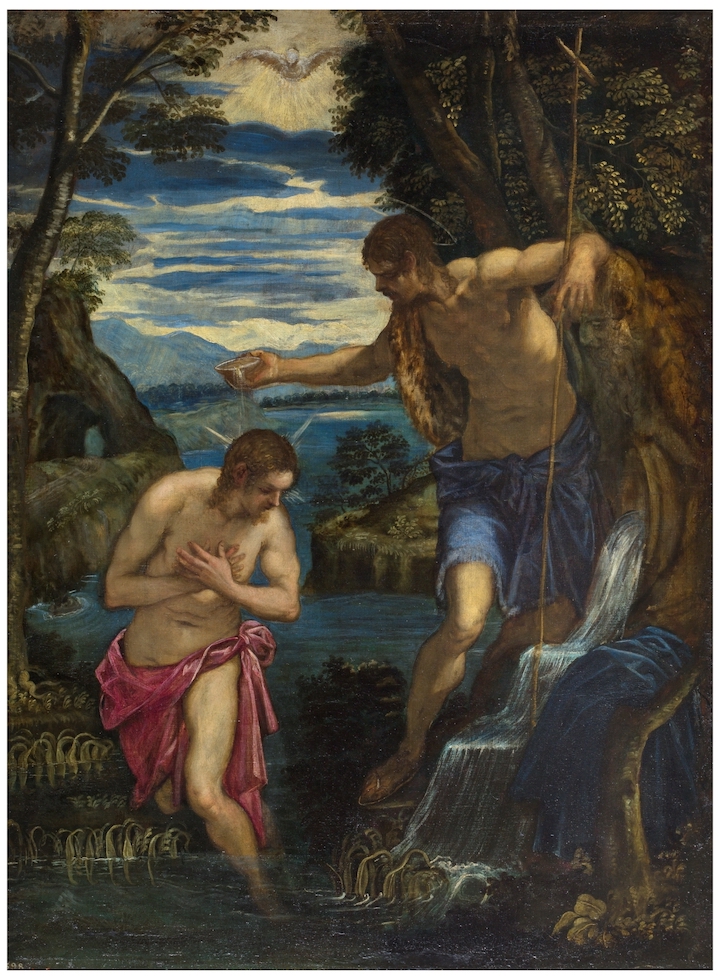If we want to do a better job of passing on the Catholic faith to the next generation, then poetry must play a greater part in Catholic education. It is no secret today that much of the religious formation being done in the Catholic Church is floundering. While our schools and parishes often have genuinely well-meaning people who want to see young boys and girls grow up to love and serve the Lord, it seems there is a disconnect between their intentions and their results.
A brief survey of the latest trends reveals this dynamic. Only 39 percent of Catholics attend Mass weekly (and this was before the pandemic). About three-quarters of Catholics believe that the Church should change its stance on birth control (despite this being theologically impossible). And perhaps most famously, a 2019 Pew Research survey showed that a full 70 percent of Catholics do not believe in the Real Presence in the Eucharist, despite the Eucharist being, as Vatican II called it, the “source and summit of the Christian life.”
So why is there such a great disconnect among so many modern Catholics? And why can poetry help? Put simply: it is because poetry introduces students to a symbolic world that is a crucial precondition for belief in the sacraments. Oftentimes today we are trying to teach the faith to young people who possess a modern, relativistic worldview, but such an outlook undermines at its root the intrinsic nature of key elements of Catholicism, such as the sacraments.
In A Secular Age, Charles Taylor describes the difference between the modern worldview and the sacramental worldview in terms of the origin of the meaning of things. In the modern worldview, “Things only have the meaning they do in that they awaken a certain response in us.” In the pre-modern, sacramental worldview, “Meanings are not only in minds, but can reside in things, or in various kinds of extra-human but intra-cosmic subjects.”
A young person today growing up with a modern worldview often believes that the meaning in things is a projection of the mind. Things do not have meaning or significance in and of themselves; the only significance they may have is what we place there. Indeed, in this mind-set one can see the roots of issues such as the redefinition of marriage and transgenderism. In relation to the sacraments, by that understanding, the Eucharist is the body of Christ if you want it to be, but not if you don’t want it to be. The sacraments thus become only symbols with as much or as little meaning as we give them. Such a mindset is a death blow for faith.
If we want our young people to believe in a transcendent faith in which they conform themselves to higher ideals, we must teach them that meaning is to be found in the reality outside themselves. This is where poetry comes into the picture. I do not believe it is a coincidence that the stronger the worldview of self-invention has become, the less and less emphasis modern education has placed on poetry, for poetry communicates precisely through meanings inherent in reality.

For instance, take the first stanza of Thomas Hardy’s “The Darkling Thrush”:
I leant upon a coppice gate
When Frost was specter-gray,
And Winter’s dregs made desolate
The weakening eye of day.
The tangled bine-stems scored the sky
Like strings of broken lyres,
And all mankind that haunted nigh
Had sought their household fires.
In this poem, Hardy uses imagery of specters and haunting, dregs and tangled stems, to paint a picture of a landscape that is desolate, lonely, and hopeless. He also uses the sound of the words, such as sky and nigh to add harshness to this scene. The overall effect is eerie and morose, which sets the stage for the small thrush, who later in the poem sings a happy song in the midst of this landscape, as if he were filled with “some blessed Hope, whereof he knew, and I was unaware.”
In these uses of imagery and sound, the poem relies on material things having a meaning intrinsic in themselves to set the stage for the incongruity with the thrush’s hope. In other words, it relies on a sacramental worldview of reality. If the more modern, subjective worldview is adopted, the poem simply no longer works. If Winter’s dregs are a glorious reality because I like winter, and tangled bine stems being like strings of broken lyres are just an avant-garde landscaping choice, then the appearance of the thrush, of hope in the midst of bleakness, no longer means anything. The reader is led to realize the beauty of hope precisely through the meaning of things.
When young people are given poetry, then, the poetry itself, through its very operation, teaches them that things have meaning. Poetry acts as an antidote to the relativism of modernity. It leads to the enchanted world that Taylor talks about, a world where leaves and trees, sunsets and storms all have meaning. But most especially, it will prepare them to accept a Faith, where, as the Venerable Fulton Sheen put it, “the greatest love story of all time is contained in a tiny white Host.”
*Image: The Baptism of Christ by Domenico Tintoretto, c. 1585 [Museo del Prado, Madrid]
You may also enjoy:
Robert Royal’s The Poetry of Reality
Wallace Stevens’ To an Old Philosopher in Rome














